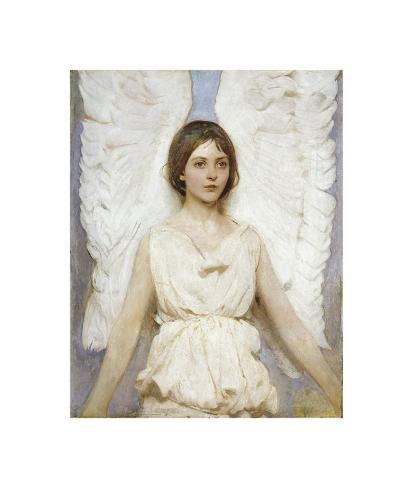There is nothing like a devastating war to cause change.
After the end of the first World War, a sudden explosion of creativity began in
Germany. Walter Gropius, one of the most important designers of his time, had
the vision to create a place where designers, architects, and artists coalesced
to form a bastion of fine and technical arts.
This was called the Bauhaus, a school located in Weimar, Germany that
elevated the language of design and catalyzed the change that has lead to the
visual communication we see today. The
main ideas of the Bauhaus were a universality in visual language, asymmetrical
balance, and the importance of form following function.
Unlike most
other movements prior or during the rise of the Bauhaus (i.e., Dutch De Stijl,
Russian Constructivism, Art Nouveau, Pictorial Modernism, Dada, etc), Bauhaus
did not have a singular style that was qualitative of the school. Much like
European Modernism and Postmodernism, Bauhaus sought only to create striking
works that served a purpose; thus many of the artists that studied and created
during this time had varying styles.
This is seen from the many artists who enrolled in the school, which
includes women designers.
 |
| Schmidt. Exhibition Poster. 1923. |
One of the
reasons why it has become one of the most, if not the most, important and
influential movements is that form begetting function was its crux. The amalgam of different avenues of design
(graphic, industrial, product, etc) allowed for creators to think about
production and the importance of putting function first. This revolutionized
design because it unified the artist as a creator and distributor. Moreover,
Bauhausian style placed a high importance on the use of circles, squares, and
triangles as design modules. This allowed for the perpetuation of the universal
language investigation.
 |
| Matthew D. Jones. AG Ideas. 2006. |
The impact
of the Bauhaus movement is seen in many aspects of design today. The
consideration of mass production, high quality design, and order is something
nearly crucial for every company and corporation today. However, in the
microcosm of design, Bauhaus has directly and indirectly inspired designers and
design styles for nearly a century. For example, AG Ideas by Matthew D. Jones is a direct product of Schmidt’s exhibition
poster of 1923. Not only that, but the Obama campaign (which overall had a
wonderful design campaign) used several Bauhausian traits in its design and
trademarks.
Essentially,
the Bauhaus is one of the most important design movements to occur in the last
100 years. Its context and methodology continues to inspire designers and
artists to this day. In place where chaos and insanity are rampant, much like
the unstable German society of the 1920’s and 1930’s, the orderly and sharp
characteristics of Bauhausian art and design are a breath of fresh yet familiar
air.
WORKS CITED
Meggs, Phillip B. Megg's
History of Graphic Design. Fifth ed. Hoboken: Wiley, 2012. Print.
http://www.smashingmagazine.com/2009/08/02/bauhaus-ninety-years-of-inspiration/





